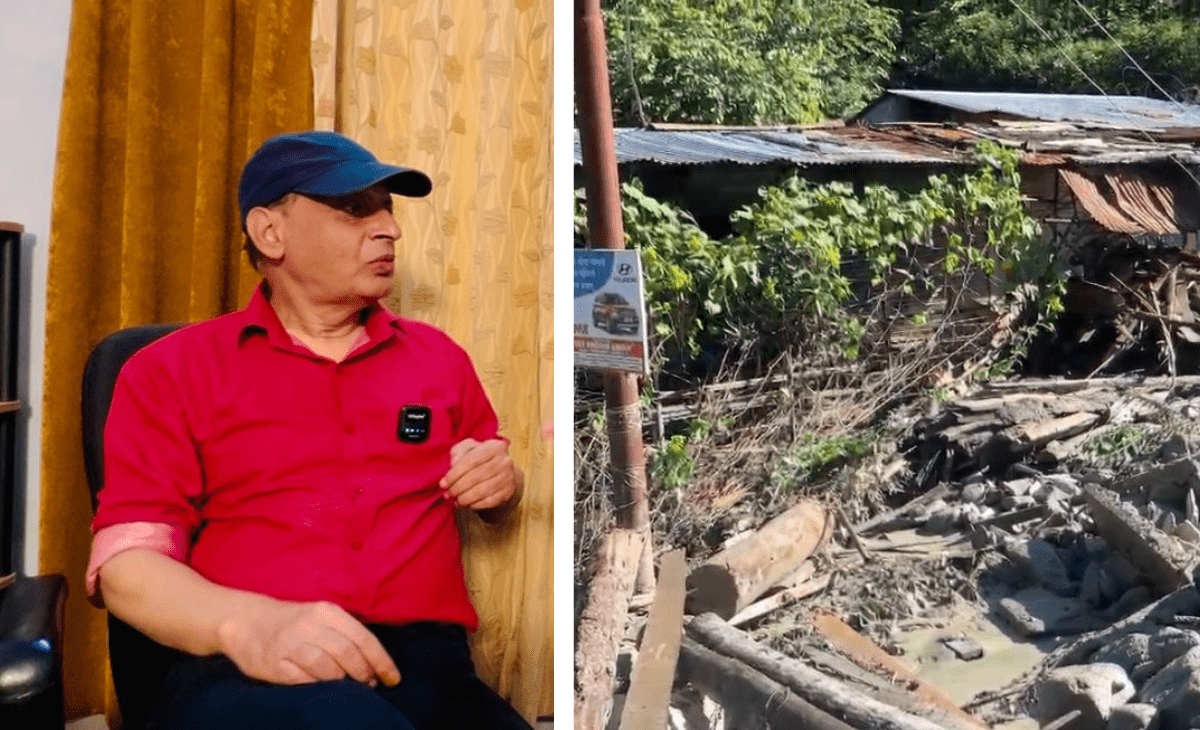Sunil Chadha
Shimla: In a major boost to India’s pharmaceutical self-reliance mission, the proposed Bulk Drug Park in Una in Himachal Pradesh has secured final environmental clearance from the Union Ministry of Environment, Forest and Climate Change. This development marks a critical milestone in establishing one of the largest bulk drug manufacturing hubs in the country.
The clearance, granted after rigorous multi-stage evaluation, clears the path for the ₹2,071 crore mega project to move into its next phase of implementation. The park is being developed by Himachal Pradesh Bulk Drug Park Infrastructure Ltd), a special purpose vehicle under the aegis of the Himachal Department of Industries.
New Era for India’s API manufacturing
Launched under the Scheme for Promotion of Bulk Drug Parks, the Una project aims to significantly reduce India’s dependency on the import of active pharmaceutical ingredients (APIs) and key starting materials from foreign markets.
The scheme, introduced by the Union Ministry of Chemicals and Fertilisers in March 2020, is a flagship initiative aligned with the national vision of Atmanirbhar Bharat (self-reliant India).
The Una Bulk Drug Park is one of only a few such parks in India to receive central assistance. Of the total project cost of Rs 2,071 crore, Rs 996.45 crore will be provided as grant-in-aid by the Centre, while the remaining Rs 1,074.55 crore will be funded by the Himachal Pradesh government. The project has an investment potential of Rs 8,000 to Rs 10,000 crore, and is expected to generate employment for 15,000 to 20,000 people, both directly and indirectly.
Environmental roadmap: From rigour to clearance
Given the project’s scale and sensitivity, it falls under Schedule 7(c) of the EIA Notification, requiring strict environmental scrutiny. The environmental clearance process began in November 2023, followed by issuance of terms of reference in August 2024 and a public hearing held on-site in November 2024
.
The proposal was subsequently reviewed by the expert appraisal committee, which constituted a sub-committee for field inspection. The site visit, conducted in April 2025, led to detailed assessments involving NIT-Hamirpur and the Central Building Research Institute, Roorkee, covering seismic risk, drainage management, ecology and soil integrity.
In its 414th meeting held on September 2, 2025, the EAC granted final clearance, subject to multiple sustainability conditions. These include minimum 33% green cover, at least 10% solar energy use in operations, zero liquid discharge (ZLD) in the Common Effluent Treatment Plant (CETP), use of biomass and gas pipelines for fuel, preservation of natural ecology, with a buffer zone around nullahs and measures to prevent soil erosion using geo-textiles.
Leadership Speaks: “A Project of National Importance”
Welcoming the decision, Chief Minister Sukhvinder Singh Sukhu hailed the environmental clearance as a “game-changer” for Himachal Pradesh’s industrial ecosystem. “The Una Bulk Drug Park will position our state as a leading force in India’s pharmaceutical sector and provide large-scale job opportunities for our youth,” he said.
Deputy Chief Minister Mukesh Agnihotri, in whose Assembly constituency Haroli the Bulk Drug Park is to come up, said the project would prove a game-changer not only for Haroli, Una district and Himachal, but the entire country.
Industries Minister Harshwardhan Chauhan emphasised the significance of the environmental clearance in fast-tracking project execution. “This park will not only boost industrial growth but also reinforce India’s pharma independence,” he stated.
Additional Chief Secretary (Industries) RD Nazeem said the state government is committed to ensuring timely and transparent execution of the project. “This is a project of national importance and Himachal Pradesh is proud to lead its development.”
Director of Industries Yunus reiterated the state’s readiness to implement the park in line with both Department of Pharmaceuticals guidelines and MoEF&CC environmental norms. “This is a defining moment in reducing India’s API dependency,” he said.






